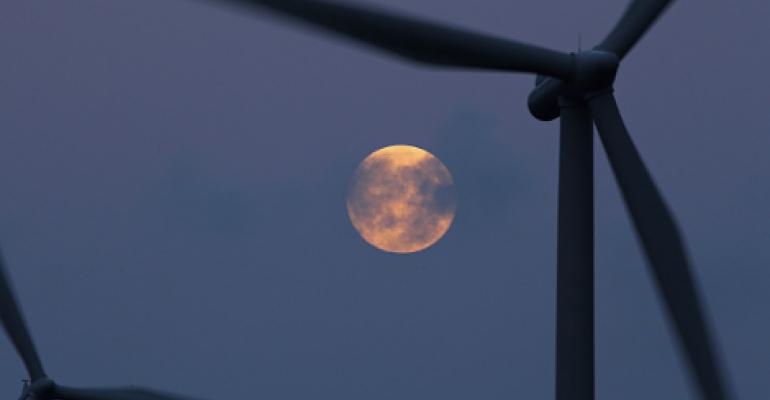Microsoft data centers, and the rest of its operations, have been 100 percent carbon-neutral since 2012, the company claims. The problem is that to be considered carbon-neutral, you don’t actually have to use renewable energy, and Microsoft wants to address that problem in an expanded green data center push.
About 44 percent of electricity used by Microsoft data centers today comes from renewable sources, including solar, wind, and hydro. On Thursday, the company announced new goals to turn that 44 percent into 50 percent by the end of 2018 and 60 percent sometime “early in the next decade.”
Like most other companies with corporate sustainability goals, which usually include carbon-neutrality commitments, Microsoft buys Renewable Energy Credits to compensate for renewable energy it cannot source to reach those goals.
RECs can be decoupled from the renewable energy that was generated to produce them, so they do nothing to clean up the fuel mix on a utility grid supplying a particular data center if they were produced elsewhere.
Microsoft and other big cloud providers, such as Amazon and Google, are in rapid data center expansion mode to support growth of their cloud services. In the blog post announcing the new green data center goals goals, Microsoft VP and chief legal officer, Brad Smith, acknowledged that “data centers will rank by the middle of the next decade among the large users of electrical power on the planet.”
The job of cleaning up energy supply of these cloud data centers is made more complicated by the fact that the cloud providers don't own many of the facilities they use to host their infrastructure. Expanding quickly around the world means having to lease capacity from data center providers, whose sustainability ambitions are often not aligned with their clients’.
See also: What Cloud and AI Do and Don’t Mean for Google’s Data Center Strategy
While there are signs that some major data center providers have made renewable energy a bigger priority than in the past, the industry as a whole still has a long way to go.
Akamai, one of the world’s largest Content Delivery Network providers, is currently wrestling with this issue. The company announced earlier this month a goal to source renewable energy for at least half of its 200,000-server infrastructure, which is highly distributed, consisting primarily of small deployments in colocation data centers across 126 countries.
Akamai acknowledged that its goal will be hard to reach and said it would start by testing a financial instrument called Contract for Difference, where the energy user agrees to pay the difference between the cost of regular grid power and the cost of generating renewable energy to the producer whose solar plant or wind farm is on the same grid in exchange for RECs.
Microsoft recently hired Jim Hanna, former head of environmental affairs at Starbucks, to lead its green data center strategy.
This month, the company announced it had joined an alliance with environmental groups and Facebook, which will promote renewable energy development. The Renewable Energy Buyers Alliance’s goal is to push for development of 60 gigawatts of renewable energy by 2025, which is enough to replace all US coal-fired power plants that are slated for retirement in the next four years.





